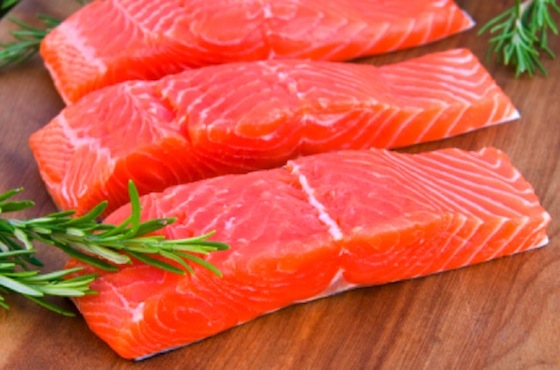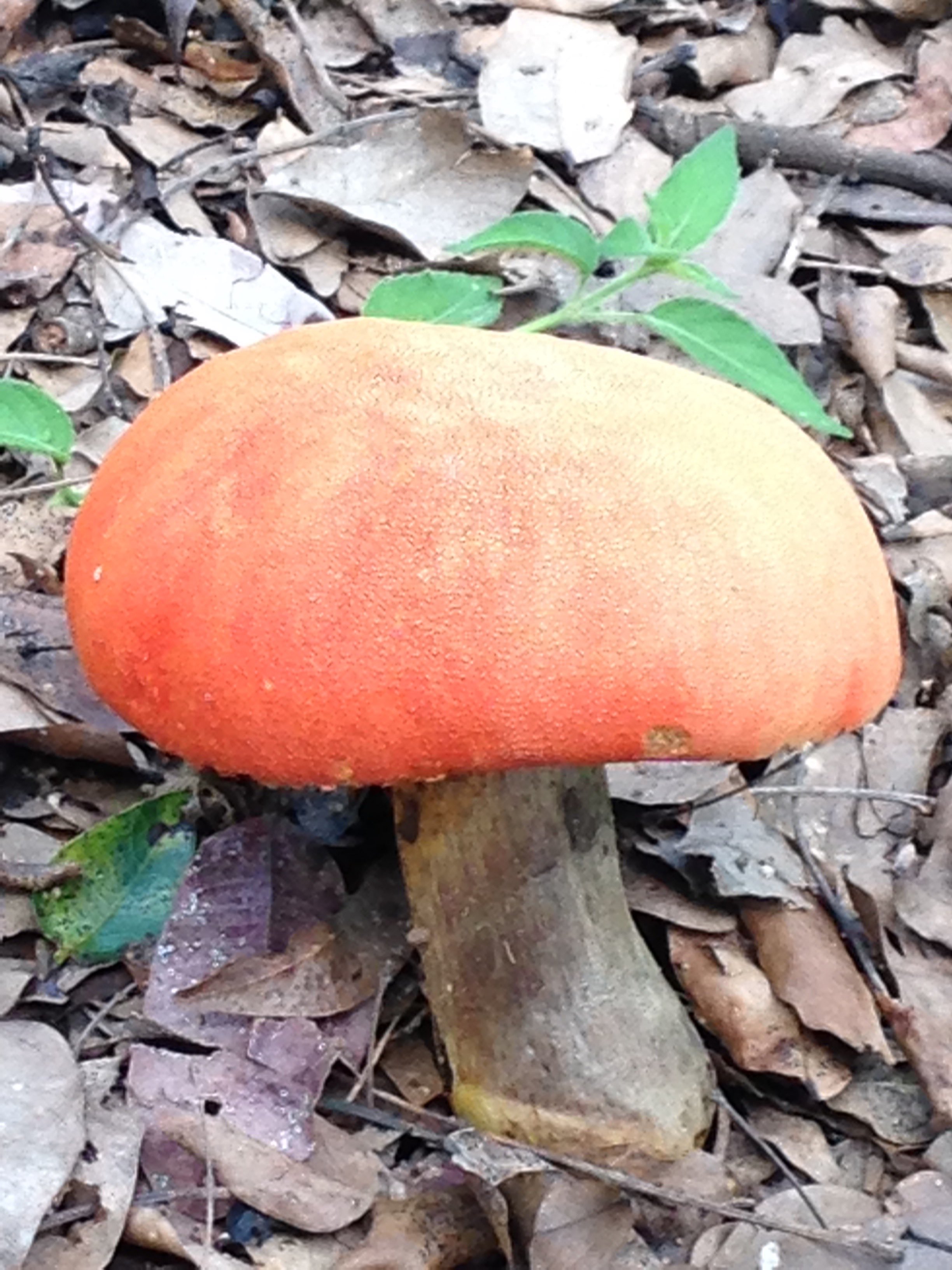Sources of Vitamin D
Because of the fact that of all the sources of vitamin D, the very best for us humans is exposure to the sun's UVB rays, Vitamin D has become known as "the sunshine vitamin".
Besides this, there are many other sources, although the sad truth is that most food items contain relatively little natural vitamin D.
Much of the vitamin D found in our food sources, are actually a result of fortification.
Needless to say, we can also fortify ourselves with pharmaceutical Vitamin D supplements too.
 Hands reaching for Sunshine as best sources of vitamin d
Hands reaching for Sunshine as best sources of vitamin dSunshine: best of all sources of Vitamin D?
Being 100% natural and supporting what our bodies are built to do, the best source of Vitamin D seems to be natural sunlight.
To create a really healthy amount of Vitamin D from the sun, best actions are:
- Get outside at noon, when the sun's rays are at their most direct
- Stay in the sun for fifteen to twenty minutes, with as little clothes on as possible.
 sunshine for vitamin d creation
sunshine for vitamin d creationI'm not advocating everyone strips off in their lunch break and stands around naked, although that would be quite a statement!
What I am advocating is sensible exposure to the sun's rays in such a way that, most importantly
- you do not get a sun burn
- you do get the immunity benefits from creating Vit D in your system
One cannot obtain any level of Vitamin D toxicity through sun exposure alone. This is explained through a number of things that happen:
- Previtamin D3 as well as Vitamin D3 will photo-degrade the longer you stay in the sun
- Thermal activation of previtamin D3 in the skin creates various non-vitamin D forms that limits further formation of vitamin D3
- Some vitamin D3 is converted into a nonactive form
The only way to get to toxic levels of Vitamin D seems to be through supplemental intake from the pharmacy.
Food is highly unlikely to ever contain enough to reach high levels, never mind toxicity levels.
What Foods are good sources of Vitamin D?
 Fatty fish for best source of vitamin D in food
Fatty fish for best source of vitamin D in foodVitamin D is predominantly found in animals rather than plants.
As Vitamin D is a fat soluble vitamin, you will find it in the fat of the animal or in the organs.
When animals are eating organically and not force-fed a whole heap of synthetic, chemical or doctored grains, you will find things such as deep, dark orange egg yolks or even butter with an orange tinge to it. These are good sources of Vitamin D and the lesser pale yellow versions not as high.
So, good natural food sources of vitamin D are to be found in:
- fatty fish such as salmon and tuna
- fish liver oil
- beef liver
- butter
- cheese
- egg yolks
Many food items are fortified with vitamin D, including:
- breakfast cereals
- calcium-fortified fruit juices
- fortified milk or yoghurt
When it comes to eating such fortified foods, I would like to recommend you rather go and get a vitamin d supplement from the pharmacy, as this is likely to be more pure or whole.
Plus you don't then have to eat processed cereals.
How much Vitamin D is enough?
 Vic D helps prevent cancer cell proliferation
Vic D helps prevent cancer cell proliferationIt's all very well finding good sources of Vitamin D, but it helps to know how much one needs to take?
The disease-fighting properties of vitamin D are becoming increasingly clear, but it's actually not that easy to get enough of this crucial nutrient without supplementation.
If, like all too many people these days, you avoid being outdoors in the sunshine, or make sure to be covered up with clothing or sunscreen in an effort to prevent skin cancer, you will forego the vitamin D-producing benefits of natural sunlight.
Insufficient vitamin d, is in fact associated with higher incidences of chronic and life-threatening conditions such as:
- various cancers
- heart disease
- diabetes
- multiple sclerosis
- cognitive decline
Healthy amounts on the other hand, can impede inflammation, a component of many illnesses according to the National Institutes of Health (NIH).
Recommended doses today vary quite considerably from one country to another and one doctor to another, but the best starting place is to find out what level of Vit D you have in your blood.
After your blood test you will know if you are radically low and requiring high doses of supplementation, or perhaps only marginally low and desiring to be a little higher.
In the first instance, get your doctor to prescribe a supplementation routine and in the second perhaps you can just focus on seeking out foods containing Vitamin D3 to boost your levels.
In both instances get into the sun more!
Remember that you cannot get into toxic levels of Vitamin D through exposure to the sun, but taking supplements can end up with a toxic result if not done correctly.
Unfortunately, there are very few foods found in nature that contain vitamin D, so dietary sources of vitamin D are limited. The flesh of fatty fish (such as salmon, tuna, and mackerel) and fish liver oils are among the best sources.
Small amounts of vitamin D are found in beef liver, cheese, and egg yolks. These are all in the form of vitamin D3 and its metabolite 25(OH)D3.
Top choices for sources of vitamin D:
- Sunlight.
Top choice of course. We can get as much as 80% or more of the vitamin D we require directly from the sun.
This requires management of sunscreen usage, as well as management of our time in the sun so as not to get burnt.
On average those people with a fair skin need less than 30 minutes for a daily dose. Darker skinned people may need as much as 2 hours though. - Cod liver oil.
Not the best tasting oil in the world, but can be wonderfully disguised in such things as malt! It is also rich in omega-3 fatty acids, which is a fat providing numerous added benefits to your good health.
Note that there many types of fish oil that provide excellent omega-3s, but only cod liver oil contains vitamin D. - Salmon.
If you are able to get hold of some wild salmon it is far superior to frozen, fresh or canned options.
In fact, wild salmon contains the highest level of vitamin D found in any food naturally, and four times the amount present in farmed varieties, according to the Alliance for Natural Health USA. - Tuna.
Also high in protein and omega-3s, tuna is an excellent source of Vitamin D and once again is far superior if fresh and wild rather than frozen or canned. - Shrimp.
They contain a fair amount of Vitamin D, as well as being high in protein and low in fat and calories, so are considered an excellent food source - Milk.
Cow's milk in any form - skimmed, low fat or full cream - contains great Vitamin D content. However, in many instances it is actually fortified with more Vitamin D. - Eggs.
Eggs contain approximately 20 IU's of Vitamin D within every yolk and as a formidable source of protein, they make an excellent food source. - Mushrooms.
This is an interesting one!
Mushrooms appear to be the only vegetable with any Vitamin D and if you leave them in the sun (or exposed to a UVB ray light) you can increase the Vitamin D content considerably.
However, it must be noted that they contain Vitamin D2 only.
According to research reported in the Journal of the Federation of American Societies for Experimental Biology, white button mushrooms exposed to ultraviolet B light for a few hours increased their vitamin D content by 400 percent.
A growing number of foods are being analyzed for vitamin D content. Hopefully more will be discovered that contain Vitamin D.
Simpler and faster methods to measure the vitamin D content in foods are also being investigated. Soon we are likely to have standard reference materials for vitamin D on our foods to help with accurate measurements.
However, as with most foods, the more natural, organic or wild sourced the better the quality is likely to be.
REFERENCE:
Institute of Medicine, Food and Nutrition Board. Dietary Reference Intakes for Calcium and Vitamin D. Washington, DC: National Academy Press, 2010.





New! Comments
Have your say... please leave me a comment in the box below.